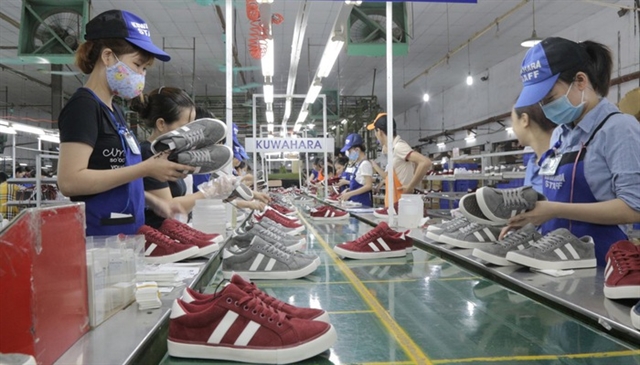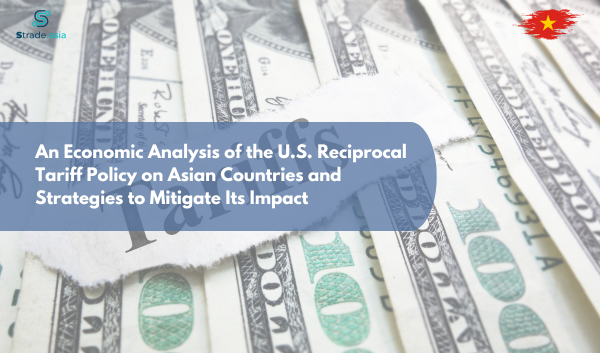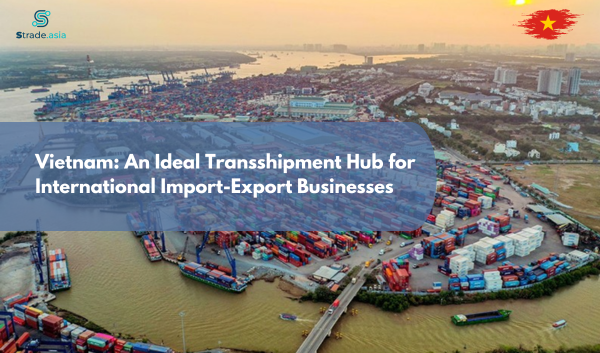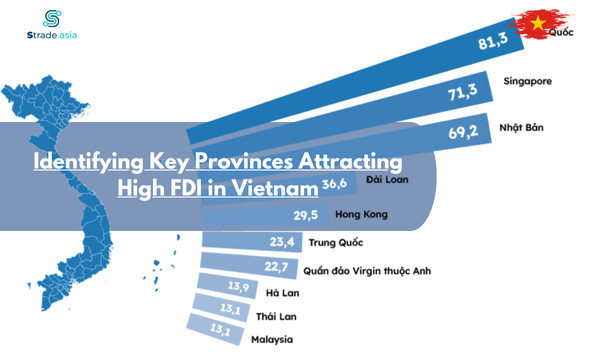The US was Vietnam’s largest export market in the first four months of the year with a value of US$30.3 billion, up 50 percent year-on-year with China coming in at second, followed by the EU according to Vietnam’s General Statistics Office (GSO).
We examine the five most sustainable trade industries, suited for high-growth export and import.
Footwear industry

Footwear industry
Due to the disruption caused by the pandemic, Vietnam Leather, Footwear and Handbag Association (LEFASO) noted that local firms should take advantage of the opportunities such as the free trade agreements and US-China tensions to boost productivity and exports. The industry still needs to address increasing labor costs, and the Industry 4.0 question mark, but many analysts expect the industry to remain competitive for the next two decades.
Petroleum industry

Vietnam offshore platform
Vietnam’s oil industry remains heavily state-controlled. To address falling oil output and meet demand, Vietnam will need to explore untapped deep waters as compared to its present shallow southern basins. Long-term gas development will largely depend on government commitment to monetize reserves and taking a hit on prices. Vietnam is also a big oil importer due to the lack of its refining capacity.
Electronics industry
Vietnam has emerged as a major electronics exporter, with electrical and electronic goods overtaking textiles, coffee, and rice to become the top export item.
This has been attributed to increased imports from several Asian countries including, Japan, South Korea, and China. In 2019, electronics accounted for 36 percent of the country’s exports, up 1.15 percent in 2018. To move domestic manufacturing up the value chain, many companies in the country are investing in machinery and technology to support more exports.
Currently, 95 percent of electronic exports are dominated by foreign-invested businesses, particularly those that produce smartphones and CCTVs. Vietnam relies heavily on imported machinery and equipment from China, followed by South Korea and Japan, in this industry.
Garment and textiles industry

Garment and textile
The industry’s growth is also being fueled by increased domestic consumption, fueled by a young demographic, and increasing urbanization. Retail sales are growing at a rate of 20 percent annually and are forecast to expand, thanks to several free trade agreements.
Furniture and prefabricated buildings industry

Vietnamese wooden furniture
Furniture, lightings, and prefabricated buildings feature high on Vietnam’s export list.
The same can be said about prefabricated buildings, which are building structures that are manufactured offsite and transported for onsite assembly. Such types of buildings are gaining in popularity not only in the commercial sector but also in the residential living space. The government wants the building materials sector to achieve a higher level of automation by 2030.
Refined oil industry
As the country grows, its energy needs grow as well.
This trend is likely to continue, particularly due to the demand for jet fuel. With more tourists, the aviation industry is growing significantly, leading to higher fuel consumption. While Vietnam started two refineries in 2018, they mainly produce gasoline and diesel; demand for jet fuel will continue to remain from existing suppliers like Singapore, Thailand, and China. While it’s true that oil demand has been significantly affected by border closures and Covid-related restrictions, it will change once the pandemic is brought under control.
With domestic consumption growing faster than China due to a surging economy, petroleum product demand is expected to rise 660,000 barrels of oil per day in 2030. While Vietnam has the resources to meet future needs it will need to attract private investment with the right regulations and policies to meet growing energy demand.
----
Contact us via:
Email: sale@strade.asia
Tel: (+84) 84305 6868
Fax: (+84) 84305 6868


